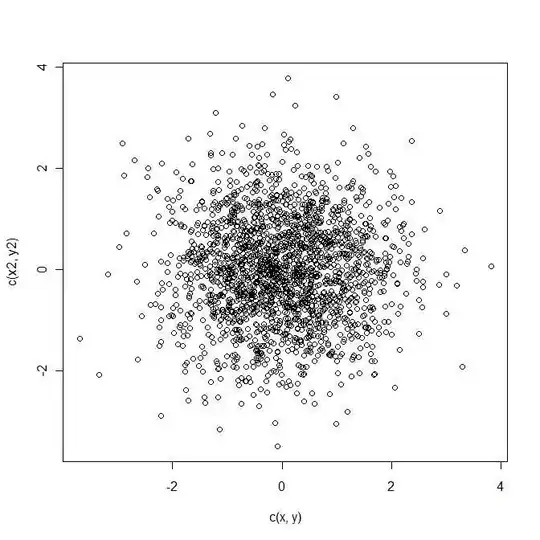I am doing a one way ANOVA (per species) with custom contrasts.
[,1] [,2] [,3] [,4]
0.5 -1 0 0 0
5 1 -1 0 0
12.5 0 1 -1 0
25 0 0 1 -1
50 0 0 0 1
where I compare intensity 0.5 against 5, 5 against 12.5 and so on. These is the data I'm working on

with the following results
Generalized least squares fit by REML
Model: dark ~ intensity
Data: skofijski.diurnal[skofijski.diurnal$species == "niphargus", ]
AIC BIC logLik
63.41333 67.66163 -25.70667
Coefficients:
Value Std.Error t-value p-value
(Intercept) 16.95 0.2140872 79.17334 0.0000
intensity1 2.20 0.4281744 5.13809 0.0001
intensity2 1.40 0.5244044 2.66970 0.0175
intensity3 2.10 0.5244044 4.00454 0.0011
intensity4 1.80 0.4281744 4.20389 0.0008
Correlation:
(Intr) intns1 intns2 intns3
intensity1 0.000
intensity2 0.000 0.612
intensity3 0.000 0.408 0.667
intensity4 0.000 0.250 0.408 0.612
Standardized residuals:
Min Q1 Med Q3 Max
-2.3500484 -0.7833495 0.2611165 0.7833495 1.3055824
Residual standard error: 0.9574271
Degrees of freedom: 20 total; 15 residual
16.95 is the global mean for "niphargus". In intensity1, I'm comparing means for intensity 0.5 against 5.
If I understood this right, the coefficient for intensity1 of 2.2 should be half the difference between means of intensity levels 0.5 and 5. However, my hand calculations don't match those of the summary. Can anyone chip in what am I doing wrong?
ce1 <- skofijski.diurnal$intensity
levels(ce1) <- c("0.5", "5", "0", "0", "0")
ce1 <- as.factor(as.character(ce1))
tapply(skofijski.diurnal$dark, ce1, mean)
0 0.5 5
14.500 11.875 13.000
diff(tapply(skofijski.diurnal$dark, ce1, mean))/2
0.5 5
-1.3125 0.5625